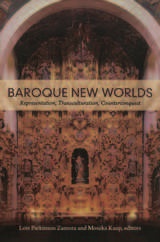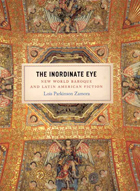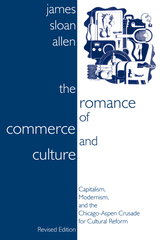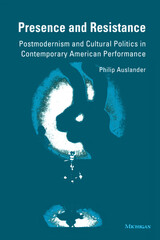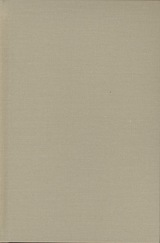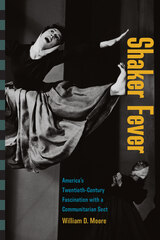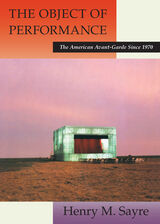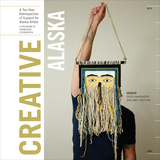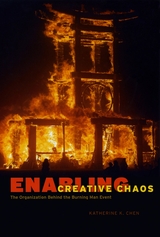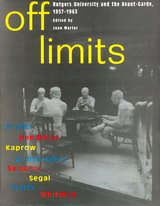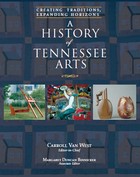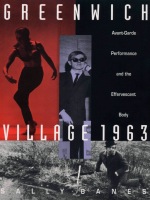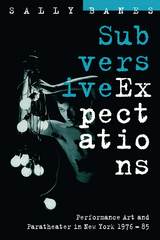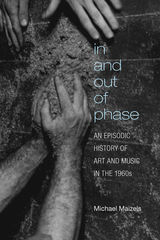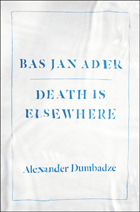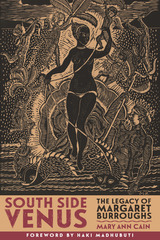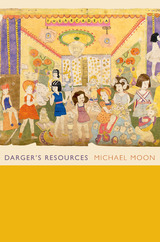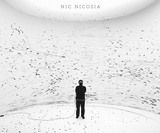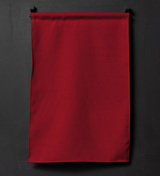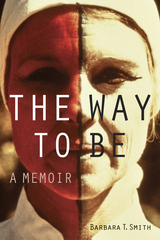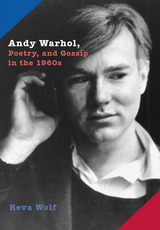Cloth: 978-0-674-04825-6
Library of Congress Classification NX511.B6T3 1970
Dewey Decimal Classification 709.74461
In this lively and informed book, Bernard Taper, a writer for the New Yorker, scrutinizes the social and economic characteristics of the arts in Boston, seeking specific answers to the questions: What might be done to foster, strengthen, enrich, and invigorate the arts? What can make them more meaningful to a larger segment of the community?
“The arts,” he writes, “have been more honored in Boston than in most American cities, and by ‘the best people’; but they have possibly been enjoyed rather less than they have been honored.” Throughout his book Mr. Taper stresses that the arts, both visual and performing, “should be recognized as a human need, not a luxury; nor should they be something to which we pay solemn, periodic respect—like going to church on Sunday...Ideally, the whole city should serve the purpose of satisfying the need for beauty.” And he looks forward to the day when Boston—as well as other cities—will have a daily life in which the arts are intimately involved.
Included in the book are a number of vivid and informal interviews with a variety of people in the arts. Here people like Sarah Caldwell of the Opera Company of Boston, E. Virginia Williams of the Boston Ballet Company, Perry Rathbone of the Museum of Fine Arts, Elma Lewis of the National Center of Afro-American Artists, David Wheeler of the Theatre Company of Boston, and mathematician-satirist Tom Lehrer speak their minds on the condition of the arts.
“All of us in the arts have one problem in common,” says Miss Caldwell in her interview. “That problem is how to survive.” Financial problems plague nearly all of Boston's arts organizations and, for many of them, each new season is a tightrope walk over Niagara Falls. Mr. Taper examines the economic situation of the arts in Boston and estimates the sums needed to sustain them in less precarious fashion. Boston's arts, he finds, still have to rely on the noble but no longer practicable tradition of private contributions. He contends that the two potential sources of subsidy most inadequately represented are corporations and government—particularly local and state government. Indeed, the city of Boston contributes less subsidy to the arts than any other major city in the United States!
Yet there are things that money can't buy. Mr. Taper points out many intangible ways in which the arts may be fostered or thwarted and, citing examples from various cities, particularly New York, San Francisco, and St. Louis, he shows how much difference is made simply by the attitude of a city's administration toward the arts. He discusses what he believes is the need for a radical reorientation of the role of education and includes as well a novel proposal that would enable Boston to obtain the physical facilities grievously needed for the arts.
Mr. Taper was invited to Boston by the Permanent Charity Fund in collaboration with the Joint Center for Urban Studies of M.I.T. and Harvard to make this important study of the visual and performing arts. He succeeds in evoking and illuminating the special quality and atmosphere of Boston, and, although some aspects of his study are peculiar to that city, he clearly relates his analysis to the overall situation of the arts in America.
See other books on: American | Art | Arts | Boston | Massachusetts
See other titles from Harvard University Press

